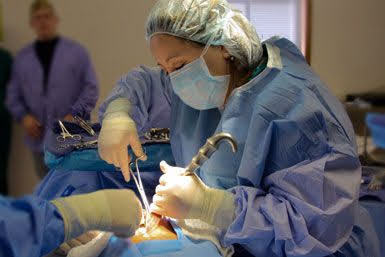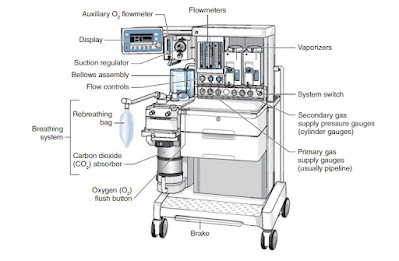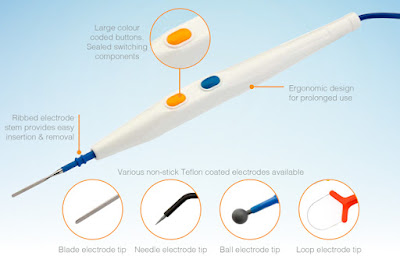Hazards associated with surgical plume and its prevention
Surgical plume is the smoke and aerosols produced during surgical procedures that involve the use of surgical instruments that generate heat, such as electrosurgery, laser surgery, and ultrasonic devices. This plume can contain harmful particles such as tissue debris, blood, and potentially infectious agents, and can pose health risks to both the surgical team and patients.
Some of the hazards of surgical plume include:
- Inhalation of toxic substances: The plume can contain toxic substances such as benzene, hydrogen cyanide, and formaldehyde, which can be harmful if inhaled. Prolonged exposure to these substances can cause respiratory problems, cancer, and other health issues.
- Transmission of infectious diseases: The plume can contain infectious agents such as viruses, bacteria, and fungi. If not properly managed, these agents can be transmitted to the surgical team and other patients, increasing the risk of infection.
- Eye irritation and damage: The plume can cause eye irritation and damage, especially if the surgical team is not wearing appropriate eye protection. The heat and particles in the plume can cause corneal burns, conjunctivitis, and other eye injuries.
- Skin irritation and damage: The plume can cause skin irritation and damage, especially if the surgical team is not wearing appropriate protective clothing. The heat and particles in the plume can cause burns, rashes, and other skin injuries.
Prevent Smoke During Surgery
Here are some ways to prevent smoke during surgery:
- Use smoke evacuation systems: These are specialized devices that can remove smoke from the surgical site. They work by suctioning the smoke and filtering it through a series of filters before releasing it back into the air.
- Use appropriate surgical instruments: Some surgical instruments produce more smoke than others. For example, electrosurgical instruments can produce a lot of smoke. Using alternative surgical instruments, such as laser instruments, may produce less smoke.
- Use lower power settings: When using electrosurgical instruments, using lower power settings can help reduce smoke production. However, this may increase the risk of bleeding or incomplete tissue removal.
- Use appropriate ventilation: Proper ventilation in the surgical room can help reduce the concentration of smoke. The use of negative pressure rooms, high-efficiency particulate air (HEPA) filters, and frequent air changes can help reduce the concentration of smoke.
- Use personal protective equipment: Surgical staff should wear appropriate personal protective equipment, such as masks and goggles, to prevent exposure to smoke and other harmful substances.
- Educate surgical staff: Educating surgical staff about the risks associated with smoke and the importance of using appropriate prevention measures can help reduce exposure to smoke during surgery.
By using these prevention measures, it is possible to reduce the amount of smoke produced during surgery and minimize the health risks associated with it.



